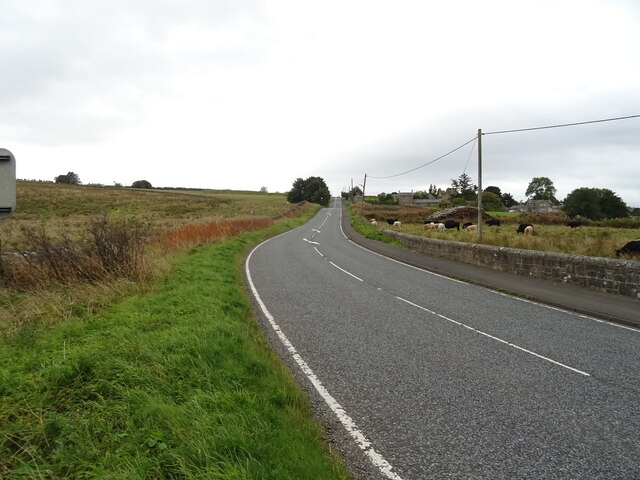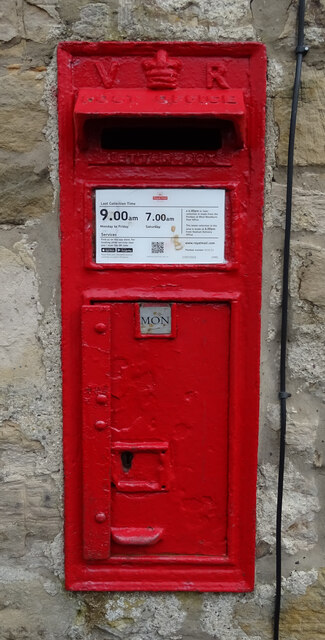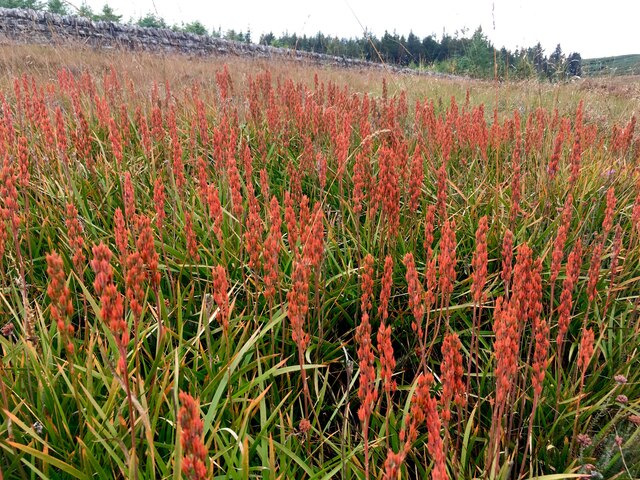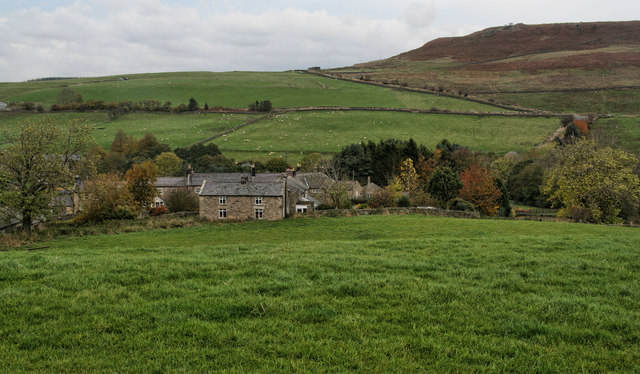Aid Moss
Downs, Moorland in Northumberland
England
Aid Moss

Aid Moss is a vast expanse of natural beauty located in Northumberland, England. Stretching across the Downs and Moorland areas, this unique landscape offers a diverse range of flora and fauna, making it an ideal destination for nature enthusiasts and outdoor adventurers alike.
Covering an area of approximately 1,500 hectares, Aid Moss is characterized by its wetland habitats, including peat bogs, marshes, and shallow pools. These wetlands provide a crucial ecosystem for numerous plant and animal species, some of which are rare and endangered.
The moss is home to a variety of plant life, with heather, bog cotton, and sphagnum moss dominating the terrain. These plants thrive in the acidic conditions created by the high peat content of the soil. In addition to the rich vegetation, Aid Moss also boasts a significant diversity of bird species, including curlews, lapwings, and red grouse. These birds can often be heard singing and seen soaring above the moss.
For those interested in exploring the area, Aid Moss offers several walking trails and birdwatching spots. The trails wind through the moorland, providing breathtaking views of the surrounding countryside. Visitors can also enjoy the peacefulness of the moss by simply sitting back and observing the diverse wildlife that calls this place home.
Overall, Aid Moss in Northumberland is a natural treasure, showcasing the beauty and importance of wetland ecosystems. It offers visitors a chance to immerse themselves in nature and appreciate the wonders of this unique landscape.
If you have any feedback on the listing, please let us know in the comments section below.
Aid Moss Images
Images are sourced within 2km of 55.146227/-2.1219081 or Grid Reference NY9283. Thanks to Geograph Open Source API. All images are credited.


Aid Moss is located at Grid Ref: NY9283 (Lat: 55.146227, Lng: -2.1219081)
Unitary Authority: Northumberland
Police Authority: Northumbria
What 3 Words
///pizzeria.offstage.smooth. Near Corsenside, Northumberland
Nearby Locations
Related Wikis
Have you been to Aid Moss?
Leave your review of Aid Moss below (or comments, questions and feedback).




















